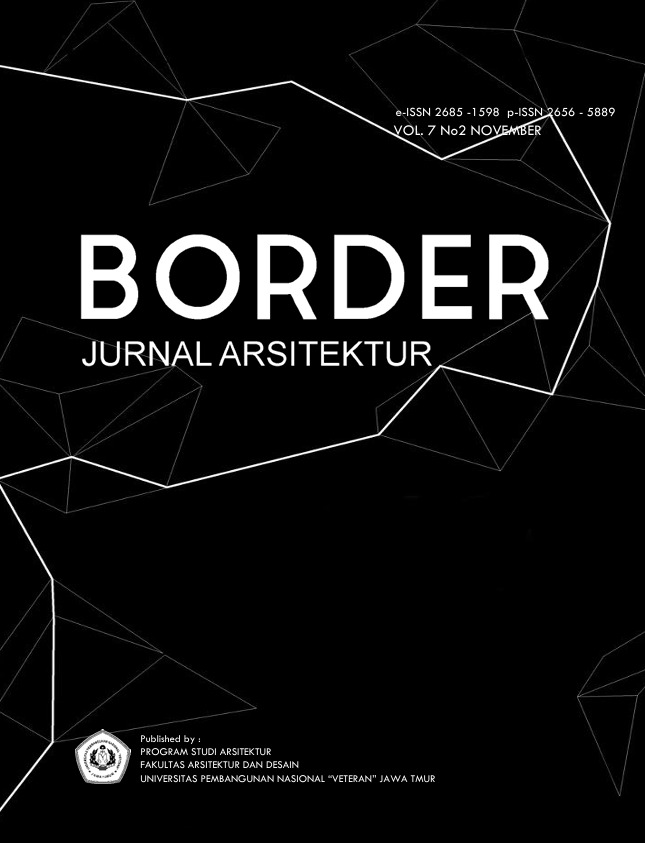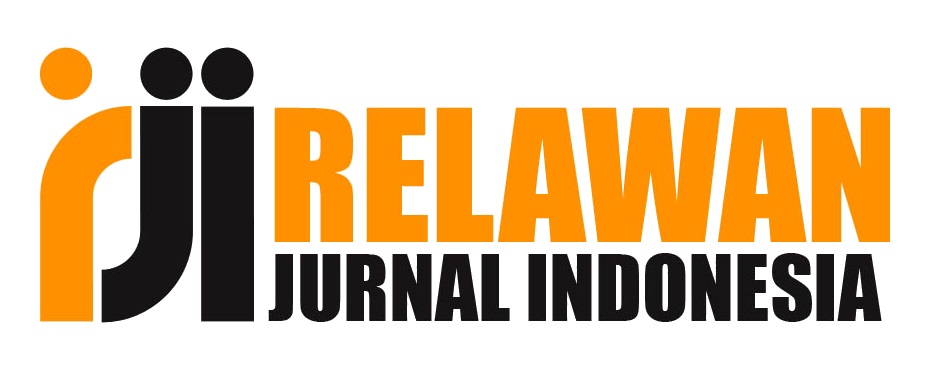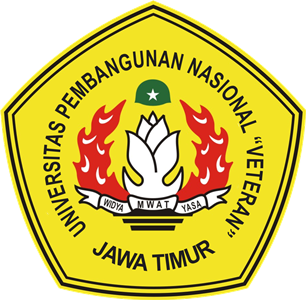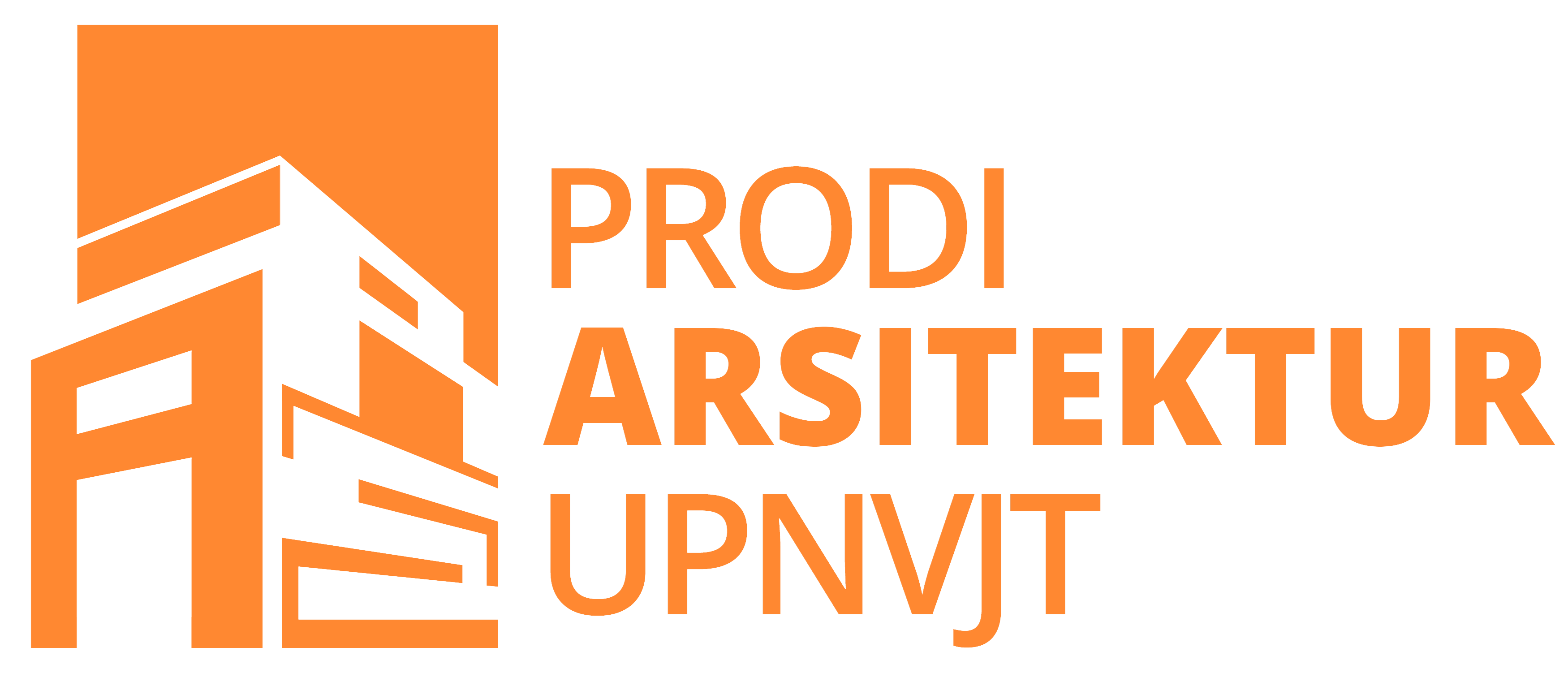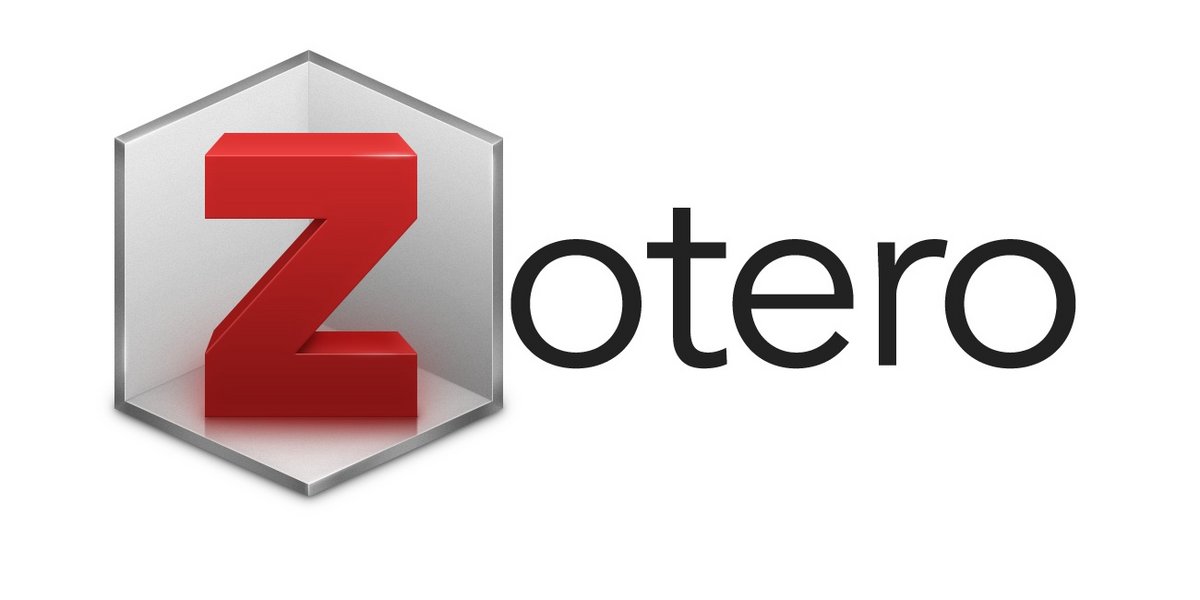THREE LEVELS OF NATURE IN THE EMBODIMENT OF JAWI TEMPLE
DOI:
https://doi.org/10.33005/border.v7i2.1239Keywords:
Jawi Temple, Hinduism, symbolic meaning, Meru, three levelsAbstract
Jawi Temple as a relic of the Singasari Kingdom is vertically composed of three levels of buildings, namely the base, body, and roof which are terraced, tall and slender, and towering, resulting in the idea to conduct a study related to the symbolic meaning in the form of the three segments. This article is a summary of the results of qualitative research on the interpretation of the symbolic meaning of the three segments of the Jawi Temple building. The results of the study obtained show that (a) the three levels of the Jawi Temple building are interpreted as the feet, body, and top of the mountain; (b) the three levels of the Jawi Temple building are interpreted as the feet, body, and head of humans; (c) Jawi Temple contains symbolic meaning as the natural levels of Bhūrloka, Bhuvarloka, and Svarloka in Hinduism and the natural levels of Kamaloka, Rupaloka, and Arupaloka in Buddhism; (d) Jawi Temple is a symbolization of Mount Meru which has a foot, body, and peak which in its top area is the location of the Kingdom of Heaven; and (e) the four similar faces of Jawi Temple are symbolic of Cosmogony in Hinduism and the embodiment of Lord Brahmā.
Downloads
References
Achmad, A. D., & Antariksa, A. (2018). Konsep Tri Hita Karana dan Tri Angga pada Pola Ruang Luar Pura Penataran Agung Dalem Jawa Blambangan. Jurnal Mahasiswa Departemen Arsitektur, 6(4). http://arsitektur.studentjournal.ub.ac.id/index.php/jma/article/view/757
Adhitama, S. (2023). Analisis Keharmonisan Antara Agama Hindu Dan Buddha. Jurnal Penelitian Agama Hindu, 333.
Arifin, F. (2015). Representasi Simbol Candi Hindu Dalam Kehidupan Manusia: Kajian Linguistik Antropologis. Jurnal Penelitian Humaniora, 16(2), 12–20. https://journals.ums.ac.id/index.php/humaniora/article/view/1840
Eni, S. P. (2019). Memahami Relief-Relief pada Candi-Candi Kerajaan-Kerajaan Kediri, Singasari dan Majapahit di Jawa Timur. Jurnal SCALE, 6(2).
Eni, S. P., & Tsabit, A. H. (2017). Arsitektur Kuno Kerajaan-Kerajaan Kediri, Singasari & Majapahit di Jawa Timur Indonesia. Jakarta: PT RajaGrafindo Persada.
Lim, H. S. (2017). Kearifan Lokal dari Situs Candi Nusantara. Dhammavicaya: Jurnal Pengkajian Dhamma.
Monitha, C., Haryono, T. N. W., & Susanti, W. D. (2021). Arsitektur Sebagai Perwujudan Kebutuhan. Border: Jurnal Arsitektur, 3(2), 71–80.
Mulyadi, L., Hutabarat, J., & Harisman, A. (2015). Relief dan Arca Candi Singosari - Jawi.
Munandar, A. A., Ilmu, F., Budaya, P., & Indonesia, U. (2021). Bangunan Hindu-Buddha Menurut Uraian Naskah Keagamaan. 2, 162–190.
Paramadhyaksa, I. N. W. (2014). Perwujudan Konsep Kerajaan Surga pada Pusat Kota Kerajaan di Bali. Forum Arkeologi, 27(2), 145–154.
Sinaulan, J. (2018). Akulturasi Kebudayaan Hindu Di Era Multikulturalisme Identitas. Ideas: Jurnal Pendidikan, Sosial, dan Budaya, 215-224.
Suteja, I. (2017). Pengembangan Pengetahuan Sastra dan Budaya Sebagai Upaya Meningkatkan Pengetahuan Dan Apresiasi Terhadap Keragaman Budaya Bangsa. Seminar Nasional Sastra dan Budaya II (hal. 306–318). Denpasar: Fakultas Ilmu Budaya Universitas Udayana. .
Wirakusumah, I. A. (2017). Langgam Arsitektur Candi Sukuh. Tasamuh: Jurnal Studi Islam.
Downloads
Published
How to Cite
Issue
Section
License
Copyright (c) 2025 Border: Jurnal Arsitektur

This work is licensed under a Creative Commons Attribution 4.0 International License.

